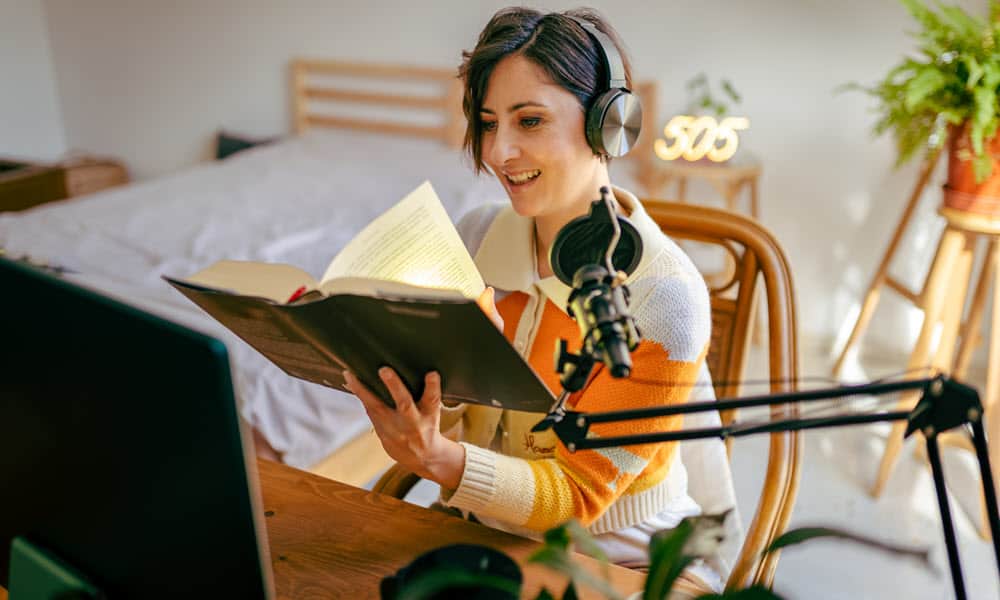Given the rapidly changing shape of the digital landscape, technological literacy is an essential trait for nearly any student today. The BBC micro bit stands as a groundbreaking platform for students to begin their journey with coding and electronics, helping them develop their creative potential and enabling them to realise the vast scope of what digital making truly entails. This guide is designed to provide a detailed overview of BBC micro bit, its features, potential applications, and teaching implications, as well as the numerous possibilities it opens for student innovation and learning.
Introducing BBC Micro Bit
The BBC microbit is a revolutionary pocket-sized programmable computer launched to introduce children and novices to computing and electronic engineering. Part of the BBC’s Make It Digital initiative—aimed at encouraging technology literacy and digital creativity among the younger population—the micro bit quickly became a staple in schools, maker spaces, and the home.
When you first see the micro bit, it appears relatively simple. However, upon closer examination, it is light-years ahead of what one might expect from such an unassuming look.
Design and Features
With its design and rich features, the micro bit is a small beast. Whether fitted with LEDs, buttons, sensors or input-output pins, you can do whatever you want to accomplish with the micro: bit.
Key Features of BBC Micro Bit
- Compact Design: The BBC micro bit is a pocket-sized microcontroller board with many components, including LED lights, buttons, sensors, and input/output pins. Despite its size, it offers a broad spectrum of functions for creative exploration or student use.
- Programmable Interface: The multi-faceted micro bit can be programmed using several novelty languages and development environments, such as Microsoft MakeCode, MiroPython, and JavaScript. This supports beginners in coding and controlling its characteristics and benefits advanced users.
- Versatile Inputs and Outputs: The micro: bit offers versatile inputs and outputs. It includes switches, indicator lamps, and sensors that provide data like temperature, light levels, and motion sensing. In addition to its built-in facilities, like a block editor for constructing programs and the many pinouts available, users can connect other modules (like sensors, motors, or LEDs) by using physical external connections.
- Integration with MakeCode: Designed to work alongside Microsoft MakeCode, the tap interface not only provides a clear path for beginners’ first steps into programming but also serves as a lifejacket that allows users who are unable to master more complex languages to still practice their trade.
- Compatibility and Connectivity: The micro bit is completely compatible with a variety of devices and platforms, including computers, tablets, and smartphones. It can connect with devices via Bluetooth or USB, giving users the freedom to program wirelessly for both control and input/output use.
- Expandability and Customisability: By connecting different additional devices, such as sensors, the micro bit’s capabilities can be expanded in any direction the user desires. Actors and expansion boards extend the functions of the micro: bit even further.
- Educational Resources and Support: The micro bit has all sorts of educational resources, such as tutorials and lesson plans, guidebooks, and online communities. Product literature in published form can also be found. These materials offer a helping hand (as well as inspiration) to teachers, students, and tinkerers.
Applications of BBC Micro Bit
- Classroom Learning: By employing a problem-solving strategy that calls on students’ inventiveness, the BBC micro bit may be used to teach coding, electronics, and computational thinking in a classroom context.
- Maker Spaces and STEAM Clubs: To encourage collaborative, hands-on learning, maker spaces, libraries, and science, technology, engineering, art, and math (STEAM) groups all use the BBC micro-bit.
- Outreach and Community Engagement: Using BBC micro bit to support digital literacy and help people from various backgrounds learn and become informed community contributors. Help bridge the digital divide in the process of fostering social-economic empowerment.
- Prototyping and Innovation: The BBC micro bit becomes a tool for creating prototypes that signify quick development testing of project ideas and products and help reform both sides with equal speed.
- Citizen Science and Environmental Monitoring: Employing BBC microbit kits in environmental monitoring and citizen science activities can allow people to collect data on air quality, indoor temperature, outside temperature, ground temperature, and biodiversity. This contributes to the development of more scientific research and environmental consciousness.
MakeCode Arcade and MakeCode Micro Bit
MakeCde Arcade lets you craft retro games through coding. At the same time, MakeCode microbit enables hands-on learning in physical computing by programming the micro: bit device to interact with various sensors and LEDs. Both platforms offer accessible ways to learn coding skills and foster creativity in the visual, emotional, and tangible realms.
MakeCode Arcade
MakeCode Arcade allows users to develop and play games based on old-fashioned arcade games. It provides a puzzle-based interface, enabling you to build games and post them to collaborate with other users. It was created for the micro: bit, and there is the MakeMakeCode development platform.
MakeCode Micro:bit
MakeCode micro bit is a programming environment for creating projects and experiments with the micro: bit. With its intuitive interface and interactive tutorials, MakeCode micro: bit makes learning coding and electronics fun and accessible for learners of all ages.
In Summary
The BBC micro bit is not just a hardware piece. Instead, it is a springboard for creativity, new ideas and solutions, inventions, and an engaging educational process. Driven by the power of coding and the flexibility of electronics, the micro bit allows students to see themselves as producers, new-age citizens, and learners. It makes learning more exciting and suits students of all ages and industries.
Whether using the device in classrooms, among peers, or sharing knowledge in maker spaces, the potential is significant, and the learning is unprecedented and exciting. In modern history, the microbit has become innovative education’s transformative driving force.




